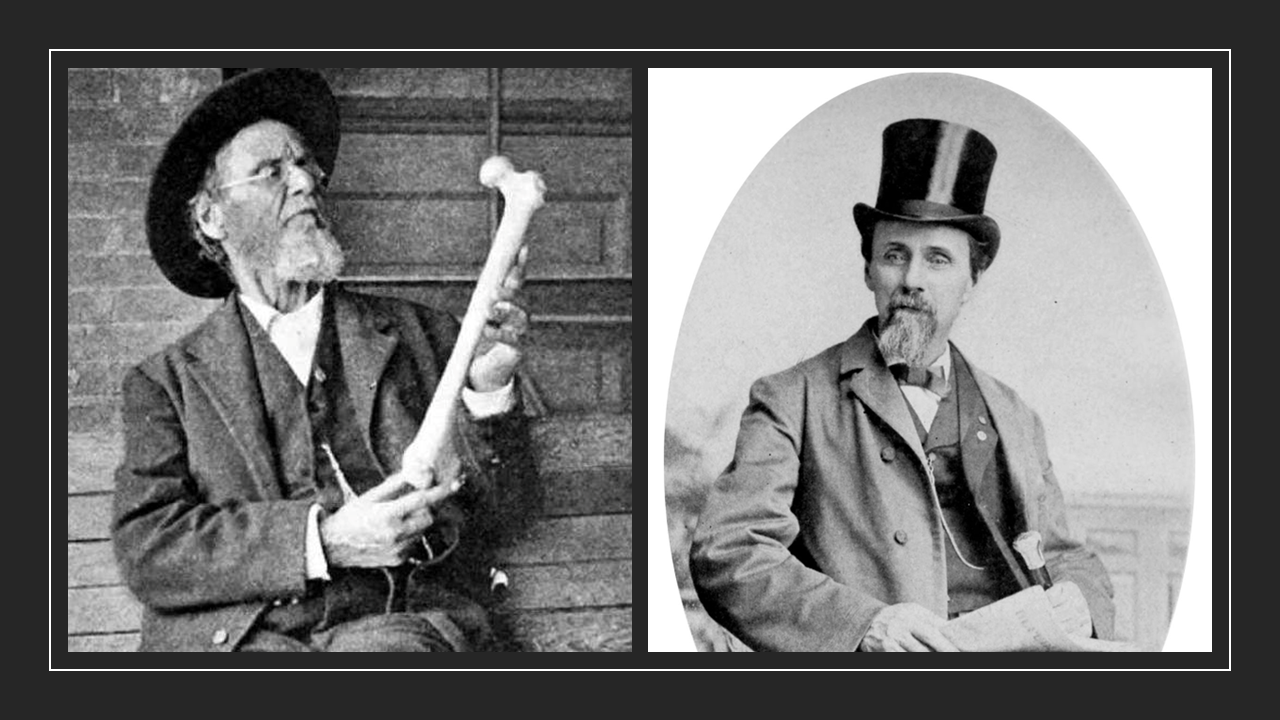Manual Osteopathy: Its History, Core Philosophies, and Why I Chose to Become an OMP
Manual osteopathy is a holistic, hands-on approach to healthcare that focuses on restoring balance and promoting the body’s natural ability to heal. In this post, we’ll explore the origins of manual osteopathy and the key philosophies that guide its practice, offering insight into why this therapy resonates with so many.
An OMP is an Osteopathic Manual Practitioner. You might have heard of an “Osteopath” or a DO (Doctor of Osteopathy). In the United States, the terms “Osteopath” and DO are reserved for medical doctors that undergo additional training for manual osteopathic techniques. An OMP is a practitioner of the manual therapy techniques of osteopathy without having gone through medical school and are not medical doctors.
A Brief History of Manual Osteopathy
Manual osteopathy traces its roots to the late 19th century, pioneered by Dr. Andrew Taylor Still, an American physician frustrated with the medical practices of his time. In 1874, after losing three of his children to illness, Still sought a new approach to healing that moved away from invasive procedures and heavy reliance on drugs. He founded osteopathy, emphasizing the interconnectedness of the body’s systems and its innate capacity for self-healing.
Pictures of Andrew Taylor Still
Dr. Still established the first osteopathic school, the American School of Osteopathy, in Kirksville, Missouri, in 1892. His teachings spread, evolving into two branches: osteopathic medicine, practiced by osteopathic physicians (DOs) in the U.S., and manual osteopathy, which focuses solely on non-invasive, hands-on techniques.
Manual osteopathy gained popularity globally, particularly in Canada, Europe, and Australia, where practitioners refine techniques like soft tissue manipulation, joint mobilization, and cranial osteopathy to address a wide range of conditions.
Today, manual osteopathy is recognized for its gentle yet effective approach, blending traditional principles with modern anatomical and physiological knowledge to support patients in achieving optimal health.
Core Philosophies of Osteopathy
Manual osteopathy is grounded in foundational principles that shape its practice and distinguish it from other therapies. These philosophies guide practitioners in their approach to treatment and patient care:
The Body is a Unit
Osteopathy views the body as an interconnected whole, where every system—muscular, skeletal, nervous, circulatory, and more—works together. Dysfunction in one area can ripple across the body, so osteopaths assess and treat the entire person, not just isolated symptoms.The Body Has Self-Healing Mechanisms
The body possesses an inherent ability to heal itself when given the right conditions. Manual osteopaths facilitate this by removing barriers to health, such as joint restrictions or muscle tension, to enhance blood flow, lymphatic drainage, and nerve function. This principle underscores the importance of supporting the body’s natural processes rather than overriding them.Structure and Function are Interrelated
The alignment and mobility of the body’s structures (bones, muscles, fascia) directly influence its function. Misalignments or restrictions can impair movement, circulation, or organ function, while restoring proper structure through manual techniques can improve overall health. This is why precise, hands-on interventions are central to osteopathic practice.Treatment Must Consider the Whole Person
Osteopathy emphasizes a holistic approach, taking into account physical, emotional, and environmental factors. Stress, lifestyle, and even posture from daily habits can impact health, and manual osteopaths tailor treatments to the individual’s unique needs, ensuring a comprehensive path to wellness.
Why Manual Osteopathy Matters Today
In a world where quick fixes and symptom-focused treatments often dominate, manual osteopathy offers a refreshing alternative. By addressing the root causes of pain and dysfunction, it empowers patients to move better, feel better, and live healthier lives. Whether it’s relieving chronic back pain, improving posture, or supporting recovery from injury, manual osteopathy aligns with the growing demand for natural, non-invasive therapies.
Why I Chose to Become an Osteopathic Manual Practitioner
While I appreciate the relaxation and stress relief that traditional massage therapy can provide, I’ve always leaned towards finding and addressing the root causes of my client’s issue. When I learned about Osteopathy, I was drawn to its core principles that I outlined above.
In our modern world, far too often we are encouraged to treat symptoms versus root causes and to treat body parts (or systems) in isolation without regard for the impact on holistic health. I was drawn to the principles of Osteopathy created by Dr. AT Still and while I’m not a medical doctor, I can still adopt and incorporate Dr. Still’s osteopathic principles into my manual therapy practice.
Following the principles of osteopathy helps me address my clients’ issues and provide more durable results. Better results come from my focus on root causes and the “body as a unit” versus treating isolated symptoms and ignoring the interrelatedness of systems in the human body.

